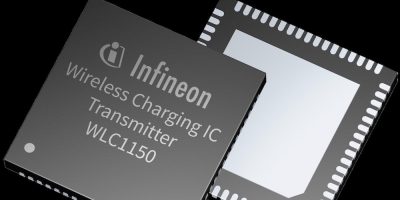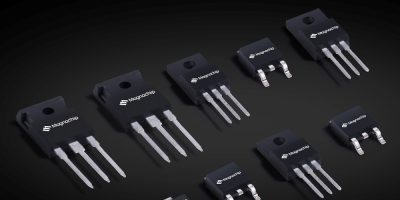A highly integrated, functional safety-compliant, isolated gate driver has been released by Texas Instruments (TI). The company claimed that the driver could enable engineers to design more efficient traction inverters and maximise the driving range of electric vehicles (EVs).
The UCC5880-Q1 reinforced isolated gate driver is claimed to offer features that enable EV powertrain engineers to increase power density and reduce system design complexity and cost.
According to TI, semiconductor innovations in traction inverter systems are helping to overcome critical barriers to their widespread adoption. These innovations are said to enable automakers to build safer, more efficient and more reliable silicon carbide (SiC)- and insulated-gate bipolar transistor (IGBT)-based traction inverters by designing with UCC5880-Q1, featuring real-time variable gate-drive strength, Serial Peripheral Interface (SPI), advanced SiC monitoring and protection and diagnostics for functional safety.
The company said that the driver can be easily paired with other high-voltage power-conversion products, such as the UCC14141-Q1 isolated bias supply module, to improve power density and help engineers reach the high levels of traction inverter performance.
Achieving any increase in efficiency is difficult for designers, given that the majority of traction inverters already operate at 90 per cent efficiency or higher, according to TI. But by varying the gate-drive strength in real time, in steps between 20 A and 5 A, designers can improve system efficiency with the UCC5880-Q1 gate driver by as much as 2 per cent by minimising SiC switching power losses, resulting in up to seven more miles of EV driving range per battery charge, it claimed. For an EV user who charges their vehicle three times per week, that could mean more than 1,000 additional miles per year.
It is claimed that engineers can reduce components and prototype a more efficient traction inverter system by using the SiC EV Traction Inverter Reference Design. This customisable, tested design includes the UCC5880-Q1, a bias-supply power module, real-time control MCUs and high-precision sensing.
Preproduction quantities of the automotive-grade, ISO26262-compliant UCC5880-Q1 are available in a 10.5mm x 7.5-mm, 32-pin shrink small-outline package (SSOP). Pricing starts at US$5.90 in 1,000-unit quantities. Designers can purchase a UCC5880-Q1 evaluation module for US$249.
TI is exhibiting at the Power Conversion and Intelligent Motion (PCIM) Europe conference, Nuremberg, (9-11 May) at Hall 7, Booth No. 459.







